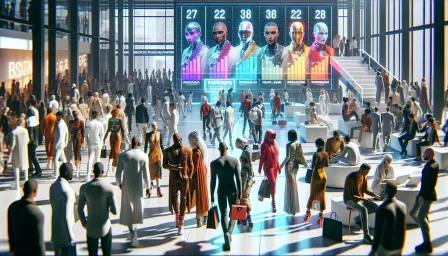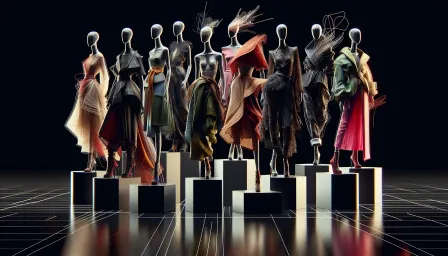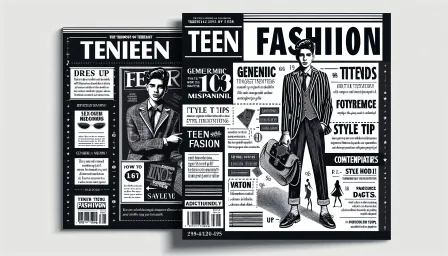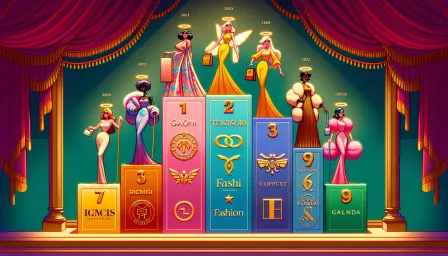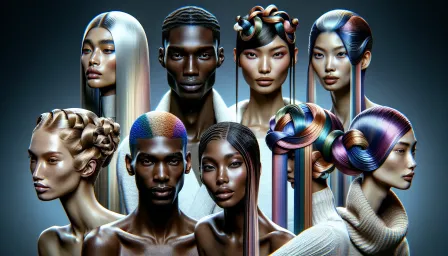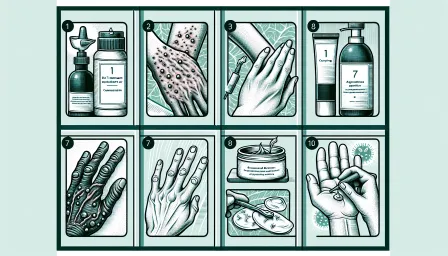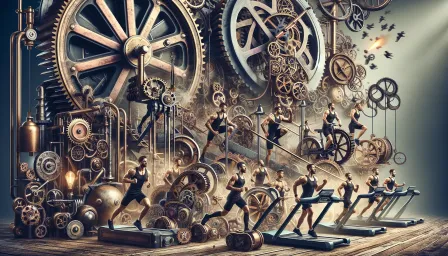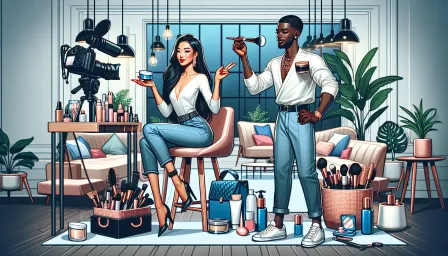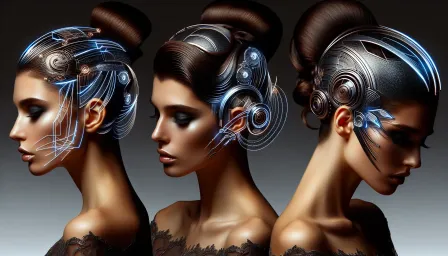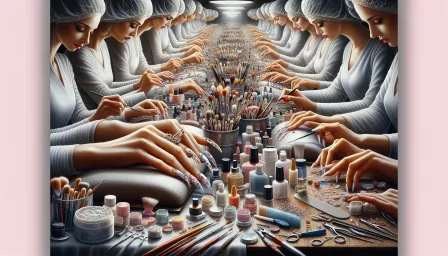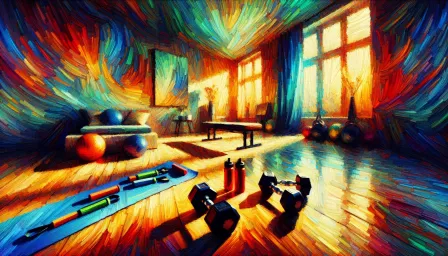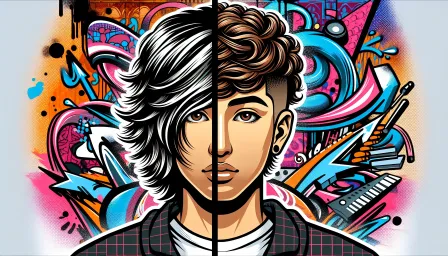Exclusive Insights: Fashion Editorials Behind the Scenes
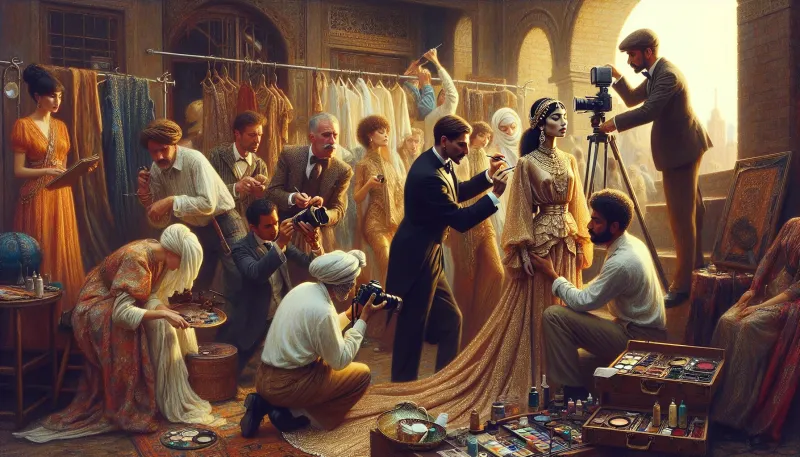
Get exclusive insights into the world of fashion editorials behind the scenes. Discover the process, challenges, and secrets that make fashion editorials come to life.
Fashion editorials are more than just glossy pages in a magazine; they are an intricate blend of creativity, collaboration, and meticulous planning. This article takes you behind the scenes of fashion editorials, shedding light on the process, the challenges, and the often-overlooked details that bring these visually stunning narratives to life.
The Conceptualization Stage
Every successful fashion editorial starts with a compelling concept. This stage involves brainstorming sessions where fashion editors, photographers, stylists, and creative directors pool their ideas to create a cohesive theme. The concept acts as a blueprint, guiding every subsequent decision, from model selection to set design.
Inspiration and Research
Inspiration for fashion editorials can come from various sources, such as art, culture, nature, or historical periods. The team conducts extensive research to ensure the concept is both unique and relevant. Mood boards are often created to visualize the overall direction and aesthetic of the shoot.
Pre-Production: Setting the Stage
Once the concept is finalized, the pre-production phase begins. This involves detailed planning and coordination to ensure everything runs smoothly on the day of the shoot.
Location Scouting
Finding the perfect location is crucial for setting the tone of the editorial. Whether it's a picturesque beach, an urban cityscape, or an opulent indoor setting, the location must align with the editorial's theme. Location scouting often involves site visits and securing necessary permits.
Model Casting
Models play a pivotal role in bringing the editorial to life. Casting directors look for models who not only fit the aesthetic but can also convey the desired emotion and narrative. This process can be time-consuming, involving multiple casting calls and portfolio reviews.
The Shoot: Bringing the Vision to Life
On the day of the shoot, all the planning and preparation come together. The atmosphere on set is a blend of excitement and pressure, as the team works to capture the perfect shots.
Team Coordination
A successful shoot requires seamless coordination among various team members, including photographers, stylists, makeup artists, and assistants. Each person has a specific role and must work harmoniously to ensure the shoot runs smoothly.
Technical Setup
Setting up the technical aspects, such as lighting, cameras, and backdrops, is critical. The photographer and their team meticulously adjust these elements to achieve the desired look and feel. This stage often involves multiple test shots and adjustments.
Post-Production: Refining the Final Product
After the shoot, the images go through an extensive post-production process. This stage involves selecting the best shots, retouching, and finalizing the layout.
Selecting the Best Shots
Choosing the right images is a collaborative effort between the photographer and the editorial team. They review hundreds of shots to select those that best capture the essence of the concept.
Editing and Retouching
Once the images are selected, they undergo editing and retouching to enhance their visual appeal. This includes color correction, skin retouching, and any other necessary adjustments to ensure the images meet the publication's standards.
Layout and Design
The final stage involves designing the editorial layout. Graphic designers work closely with the editorial team to create a layout that complements the images and enhances the overall narrative. This includes adding captions, headlines, and other design elements.
Challenges and Solutions in Fashion Editorials
The journey of creating a fashion editorial is fraught with challenges. From unexpected weather changes affecting outdoor shoots to last-minute changes in the concept, the team must be adaptable and resourceful.
Time Management
One of the biggest challenges is managing time effectively. With multiple stages and tight deadlines, efficient time management is crucial. Detailed scheduling and contingency plans help mitigate this challenge.
Budget Constraints
Budget limitations can also pose a significant challenge. Creative solutions, such as collaborating with up-and-coming designers or utilizing unique, low-cost locations, can help stay within budget without compromising the quality of the editorial.
Maintaining Creative Integrity
Balancing creative vision with practical constraints is a delicate art. Ensuring that the final product stays true to the original concept while addressing logistical and technical challenges requires constant communication and flexibility among the team members.
Conclusion: The Art of Fashion Editorials
Fashion editorials are a testament to the power of creativity and collaboration. While the glossy pages of a magazine may only tell part of the story, the behind-the-scenes efforts are equally fascinating and intricate. From conceptualization to post-production, each stage is a vital piece of the puzzle that culminates in the breathtaking visuals we admire. Understanding the processes and challenges involved provides a deeper appreciation for the art of fashion editorials.




